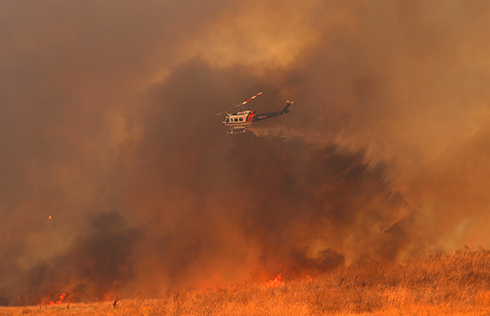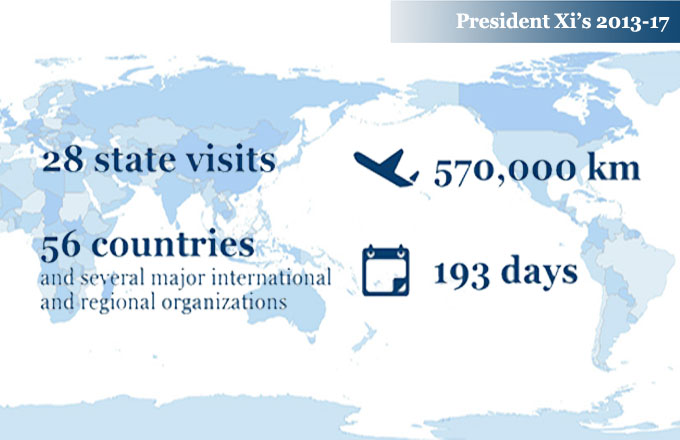Hurricane Nate threatens US central Gulf Coast after killing 25
 |
|
A view of a sinkhole on the street after the passage of tropical storm Nate in San Juan del Sur's bay in Rivas, 140kms west Managua, Nicaragua, Oct 6, 2017. Nate left destruction in south Nicaragua with roads, businesses and houses damaged along with hundreds of fallen trees.[Photo/IC] |
MANAGUA - Hurricane Nate may strengthen on Saturday, threatening to hit the US central Gulf Coast with strong winds and storm surges after it killed at least 25 people in Central America.
New Orleans evacuated some residents from areas outside its levee system as Nate, a Category 1 hurricane, the weakest on a five-category scale used by meteorologists, churned towards the central Gulf of Mexico.
"Nate is at our doorstep or will be soon," New Orleans Mayor Mitch Landrieu said, adding that the winds could cause significant power outages, and storm surges are projected to be six to nine feet (1.8 to 2.7 meters) high.
"We have been through this many, many times. There is no need to panic," Landrieu told a news conference.
The storm brushed by Mexico's Yucatan peninsula, home to beach resorts such as Cancun and Playa del Carmen, as it headed north, the US National Hurricane Center in Miami said.
With maximum sustained winds of 80 miles per hour (130 kmh), Nate was about 345 miles (550 km) south-southeast of the Mississippi river and expected to strengthen before it makes landfall, the NHC said.
A state of emergency was declared for 29 Florida counties and states - Alabama, Louisiana and Mississippi - as well as the New Orleans, which was devastated by Hurricane Katrina in 2005.
The NHC issued a hurricane watch from Grand Isle, Louisiana to the Alabama-Florida border.
"By Saturday noon you should be in your safe place," Alabama Governor Kay Ivey told a news conference. "This is a fast-moving storm and we must begin preparing now."
Nearly three-quarters of US Gulf of Mexico oil production was offline ahead of the storm, and more oil companies halted operations on Friday.
On Saturday morning, Nate was moving north-northwest at 22 miles per hour (35 kmh), a fast pace which if maintained could mean the storm does less damage when it hits land.




















